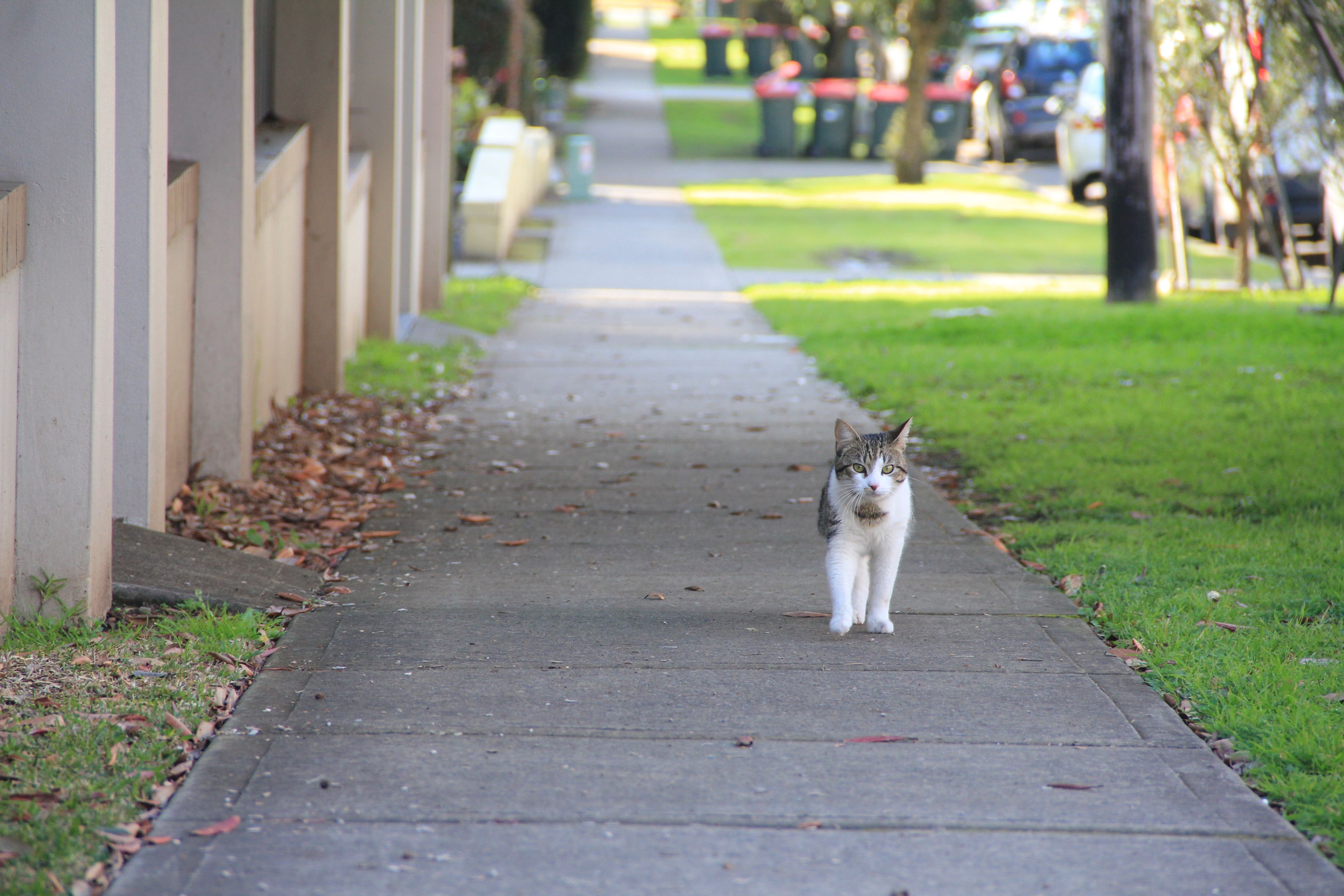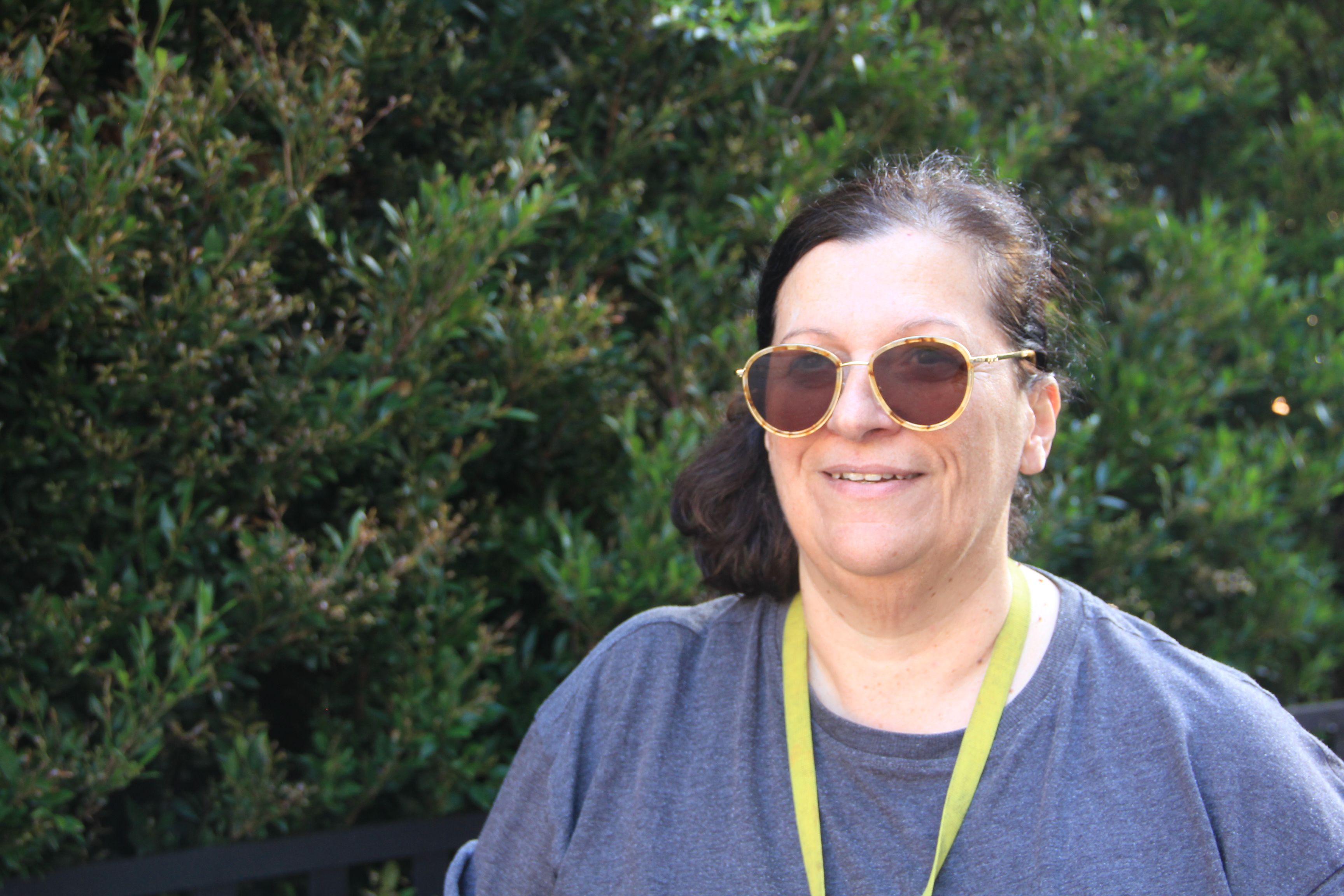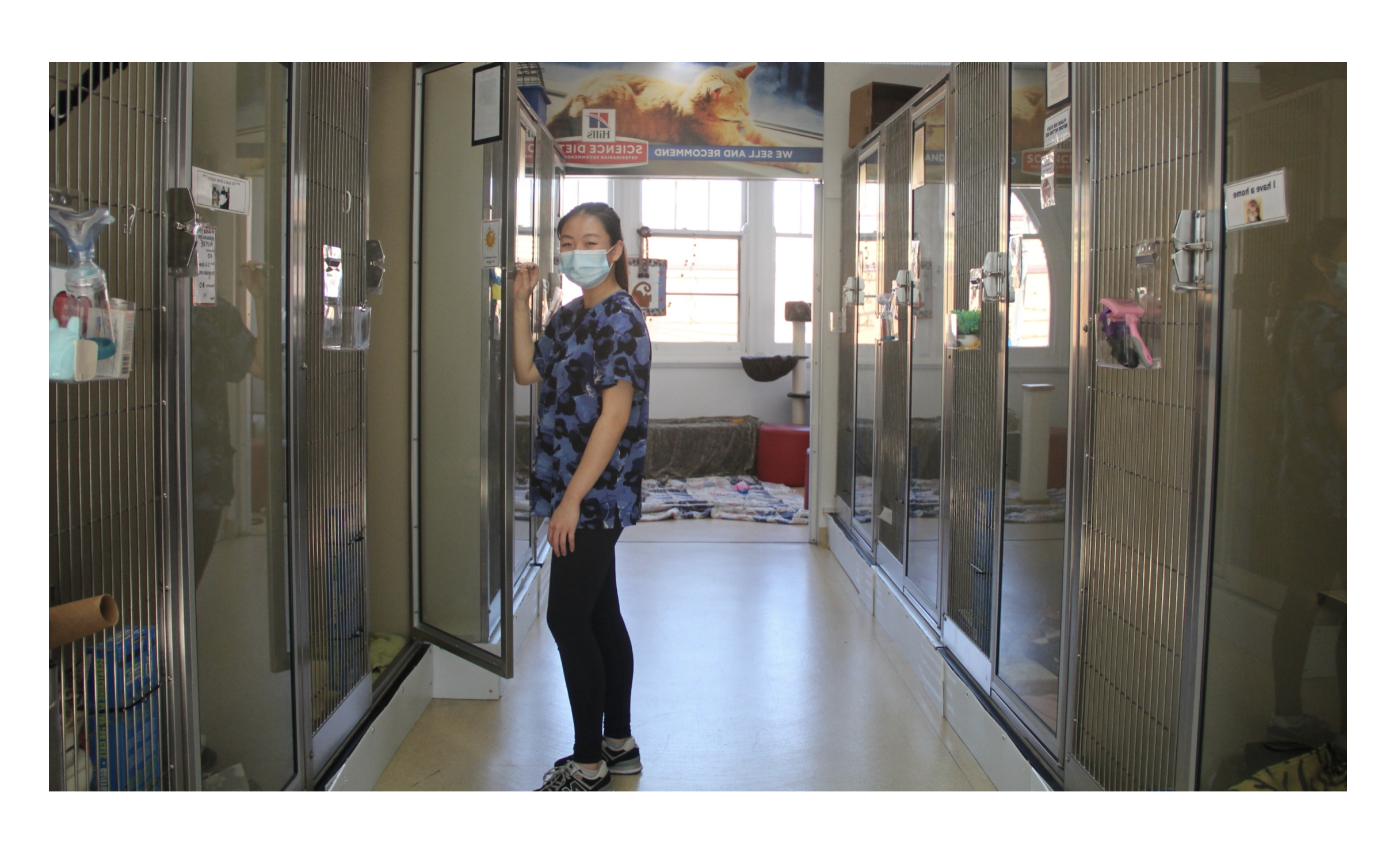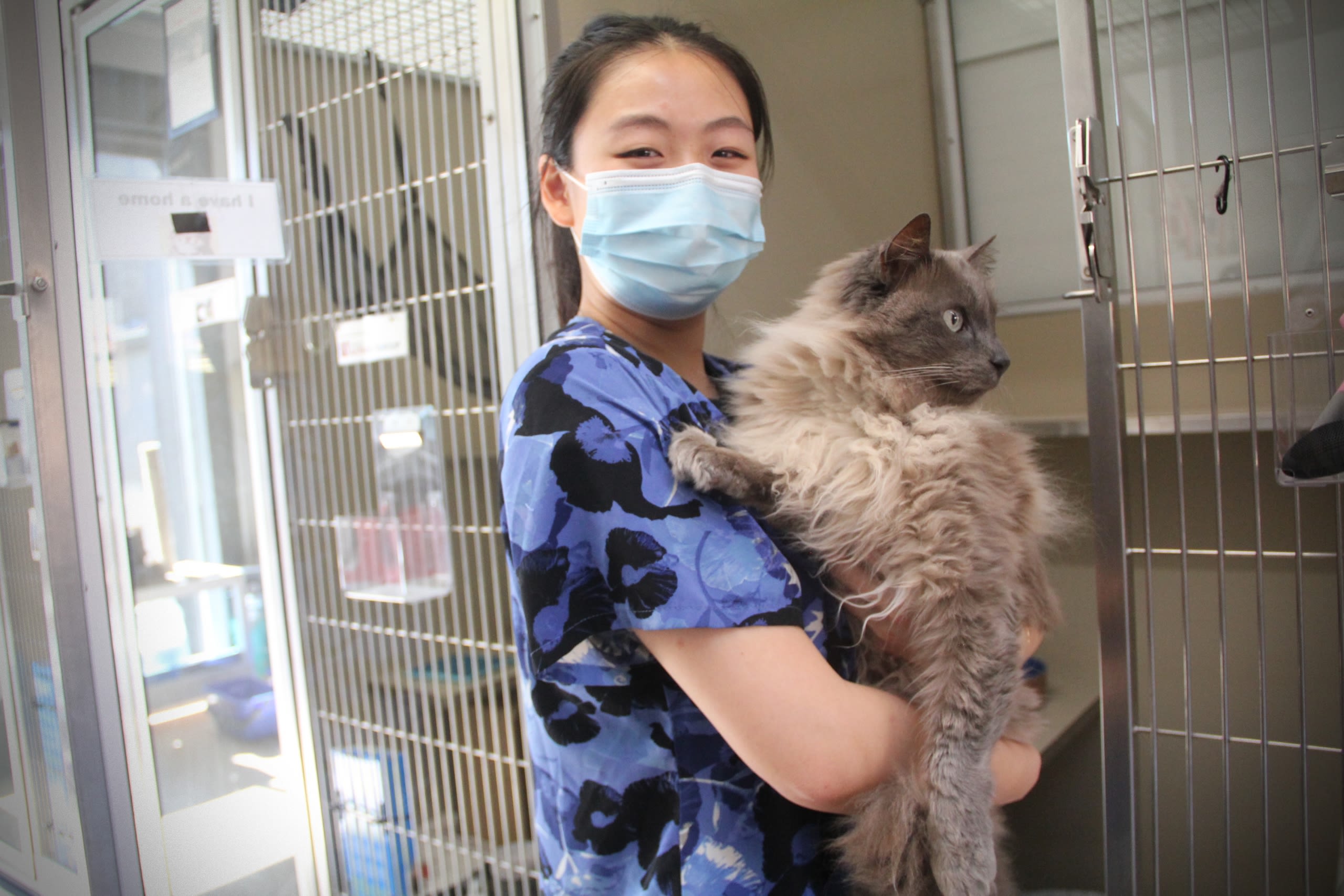"Humans are the real predators": Australia's killer cat problem

Each night, domestic cats can kill between five and thirty mammals.
The recent NSW State of the Environment Report found stray felines kill up to 2.4 billion animals each year – mostly native species.
This means Australian wildlife are at least twenty times more likely to encounter killer cats than natural predators.
Independent Western Sydney cat rescuer Annie Georgiou says, “humans are the real predators”.
For the past five years Ms Georgiou has dedicated her spare time rescuing, desexing and rehoming stray cats.
She advocates for legalising Trap-Neuter-Return (TNR) programs commonly practiced in America and Britain, but only recently made lawful in Canberra; to “humanely” manage feline overpopulation.

Armed with barbeque chicken and a remote-controlled trap, Georgiou has desexed six of nine strays from a suburban Northmead colony.
While her work mutually benefits cats health, welfare and natural wildlife, she believes more needs to be done.
There are “not enough rescuers…people trapping…not enough people adopting.” Too many people dumping cats at schools, industrial and urban sites.
In Newtown, the Cat Protection Society of NSW’s no-kill shelter believes caring for the environment, particularly after Australia’s bushfire crisis, floods and pandemic – means responsible pet ownership.
With an estimated 3.8 million pet cats in Australia, chief executive officer; Kristina Vesk “strongly encourages people to keep their pets contained, for the safety of cats and wildlife, and for neighbourhood amenity.”

Staff member: Jessica identified one of the biggest challenges for the shelter and environment is that people are not as interested in adopting adult or bonded cats.
Smokey, the thirteen-year-old cat, has been in the shelter for more than a year.
Kittens can be rehomed in several days.

Cats, like foxes, were introduced into Australia during colonisation and have since been categorised an invasive species.
To mitigate their negative impact on Australian fauna, the NSW National Parks and Wildlife Service’s Feral Predator-free Project plans to establish four new sites, including Shanes Park, to protect more than fifty threatened species.